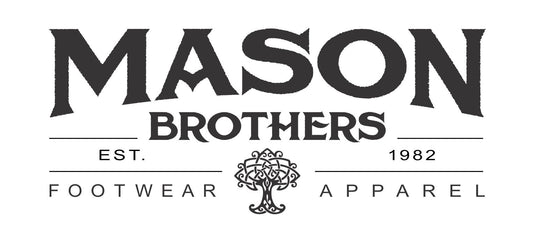
Put an end to smelly feet
Putting an End to Footwear Odors
Are you banned from keeping your daily-wear shoes or boots inside the house? Do your pets leave the room when you take off your house shoes? Ever wade in a creek and kill fish? If these questions sound all too familiar, you likely suffer from bromodosis or smelly feet. What’s worse is the lingering odor remains in your footwear, growing in intensity every time you wear the stinky shoe or boot.
What causes it?
The simplest explanation is its from moisture trapped in your footwear. The moisture can come from stepping in a puddle or from sweat.
What’s the full story?
Your feet have over 250,000 sweat glands, more than any other part of the body. As you sweat the moisture often accumulates throughout the day, allowing bacteria to thrive. Bacteria is composed of 70% water. Even a damp surface will allow bacteria to multiple to billions of hungry microorganisms that rely on your sweat for water and nutrients. As bacteria feed and multiply on your sweat they create waste and foul-smelling gasses. Brevibacteria cause foot odor to have a cheesy smell. That same bacteria gives Limburger cheese its strong odor. Similarly, methanethiol is found in cheddar cheese as well as the bacteria in your shoes. Other chemicals such as acetic acid (vinegar), propionic acid and butyric acid create funky smells ranging from cardboard to cabbage.
Here's How to Fix It
- Wash your feet daily. Foot hygiene is obviously an important first step in reducing foot odor. However, in this blog we want to focus on ways to reduce the odor in your footwear, which will even prolong the life of the shoe or boot.
- Keep water out. If you step in puddles or work or play in wet environments you might consider a waterproof shoe or boot. Waterproof footwear uses treated leather or an inner liner that allows water vapor emitted from your feet to escape but doesn’t allow larger water droplets to enter.
- Let the footwear “breathe”. One common mistake people make is applying silicone-based water repellants to the footwear. This will keep water from penetrating the leather but it also prevents sweat, in the form of water vapor, from escaping. The end result is a funky swamp.
- Consider antiperspirants for your feet. There are products that may reduce sweating, such as antiperspirants, but there are more reasonable solutions that don’t require daily application of sprays and powders.
- Sock selection if very important. Ditch the cotton socks and opt for wicking fabrics. A light merino wool sock is excellent for summertime use and will wick away sweat from your skin. You’ll notice in the winter your feet will stay warmer when wearing thicker wool socks. This is not merely due to the added insulation; it is also partly due to the moisture wicking properties that serve to keep the skin surface drier.
- Rotate footwear when possible. What you do with the shoe or boot AFTER you remove it for the day is very important. Rotating footwear is a good way to reduce moisture (bacterial growth) in the shoe or boot. It is often said that alternating two pairs of shoes will result in a lifespan equivalent to three pairs.

